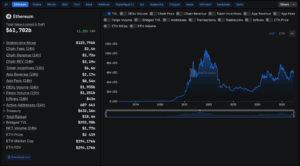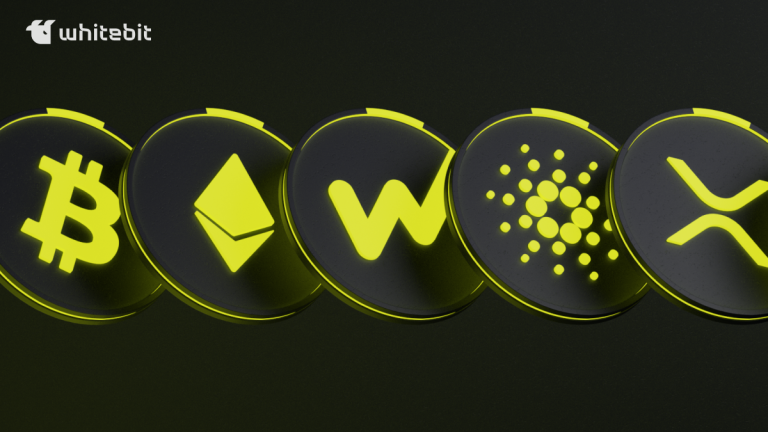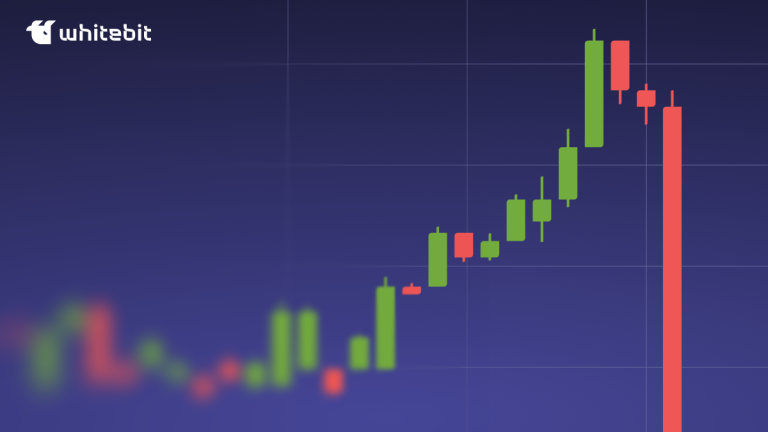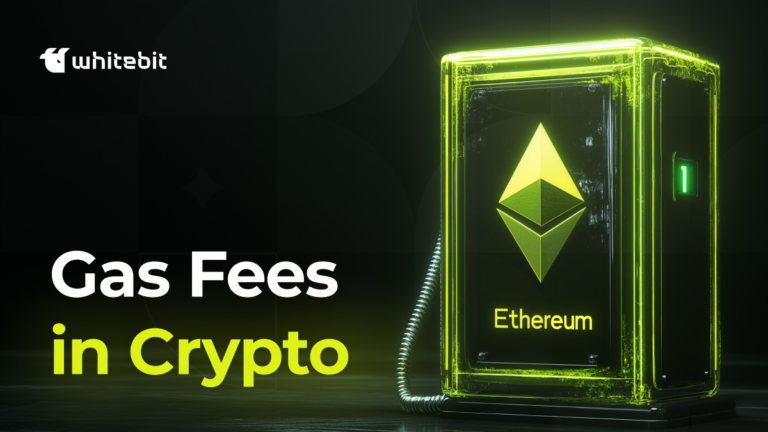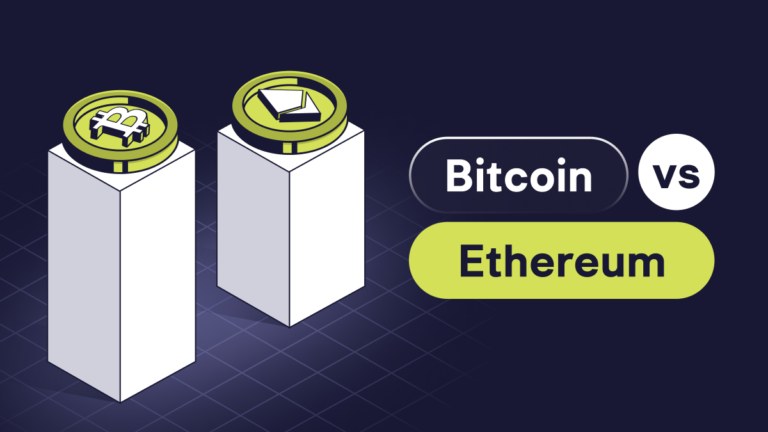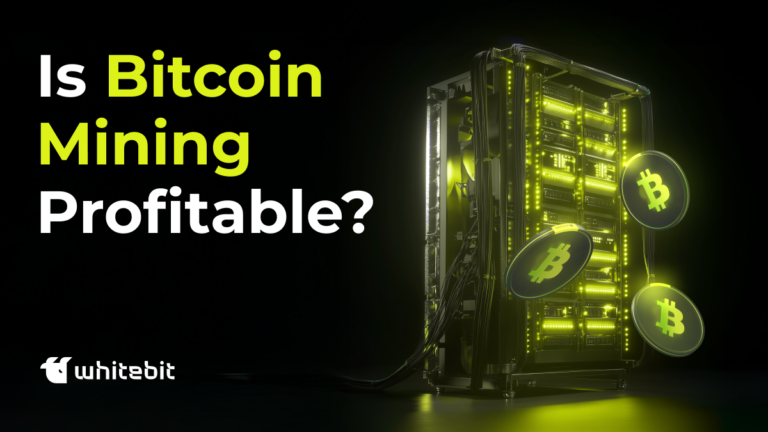What is Total Value Locked in Crypto (TVL): Everything You Need to Know

Have you ever wondered how the success of a DeFi project is determined? Why do some protocols raise billions, while others fly under the radar? The answer lies in TVL, a metric that has become the gold standard for assessing decentralized platforms. Let’s dive into the TVL meaning and why it deserves your attention.
What is TVL in Crypto in Simple Words?
Total Value Locked (TVL) is a metric that represents the total value of assets locked in the smart contracts of decentralized applications or protocols. It serves as a key indicator for evaluating a platform’s liquidity, as well as its popularity and user demand. TVL encompasses all funds users contribute for liquidity provision, staking, crypto lending, or other collateralized transactions.
The meaning of TVL can be defined as a crucial metric for assessing the stability and growth of DeFi projects, as it correlates directly with transaction volumes and investor interest in the platform. A higher TVL generally signifies a more prominent platform, reflecting user trust and a willingness to invest in the protocol.
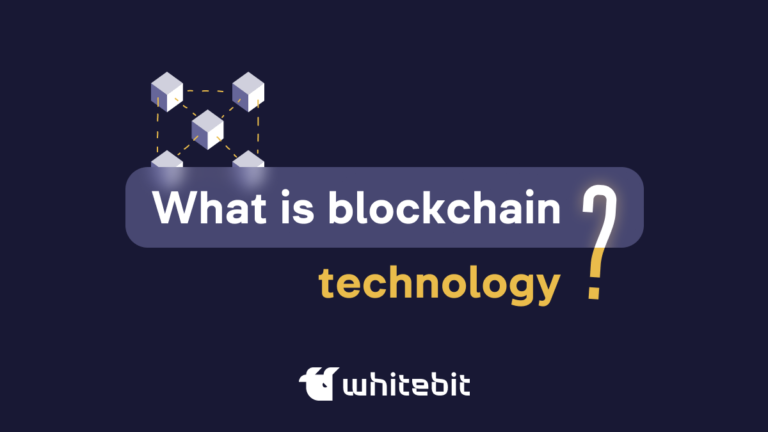
How is TVL Calculated?
TVL is calculated as the total value of all assets locked in the smart contracts of a decentralized application or protocol. The formula is straightforward, but several key factors must be considered:
- Total amount of locked funds: TVL includes all cryptocurrencies and tokens that have been invested in the protocol for liquidity provision, staking, lending, or other operations. These can be various cryptocurrencies (e.g., Bitcoin, Ethereum) or tokens tied to a specific project.
- Asset valuation: To calculate TVL, all assets need to be converted into a single currency, most commonly US dollars (USD). This is done by multiplying the number of tokens or cryptocurrencies by their current market price.
- Accounting for all blockchains: If a protocol operates across multiple blockchains, TVL accounts for assets across all these networks.
Example: If 1,000 ETH is locked in a protocol and the current price of Ethereum is $2,000, the TVL for that protocol would be $2,000,000.
Thus, TVL is a dynamic metric, fluctuating based on market conditions, asset prices, and user activity within the protocol.
To track the current Ethereum TVL, you can use platforms like DeFiLlama, which provide detailed information on the current liquidity in Ethereum protocols.
ETH TVL. Source: defillama.com
Why Is Total Value Locked Important?
TVL is important for several reasons, as it serves as a key indicator for assessing the liquidity and attractiveness of DeFi protocols and decentralized applications:
- Liquidity indicator: TVL helps determine the amount of funds available for trading, borrowing, or liquidity provision on the platform. A higher TVL means more liquidity, making the platform more appealing to traders and investors.
- Trust and popularity assessment: A high TVL signals user trust in the platform. It shows that users are willing to contribute significant amounts of funds, which can, in turn, attract new investors and participants.
- Project stability: TVL is a measure of a DeFi platform’s stability. Protocols with high TVL are typically more resilient to market fluctuations, as they possess a larger financial base to support operations and absorb potential losses.
- Attracting investment: Platforms with high TVL capture the attention of large investors, signaling strong trading volumes and an active user base. This also enables platforms to offer more competitive terms to users, such as lower fees or bonuses.
- Measuring success and growth: For developers and analysts, TVL is a key metric for gauging the success and growth of a project. Platforms with high TVL are often considered leaders in their sector, and this metric helps them expand and refine their offerings.
Importance of Total Value Locked in DeFi
In DeFi, TVL is one of the most crucial indicators for assessing the success and liquidity of platforms. Unlike traditional financial markets, where liquidity is determined by the capital held in banks and financial institutions, in DeFi, TVL reflects the amount of funds actively engaged in smart contracts and protocols. A high TVL in DeFi indicates that users trust the platform, are willing to lock their funds to earn returns, and participate in various financial products such as staking, liquidity provision for exchanges, or lending.
TVL in DeFi has become a key metric for evaluating the liquidity and stability of protocols. It also acts as an indicator of how effective and popular a particular project is within the community, influencing the attraction of new users and investors. The higher the TVL, the more opportunities exist for growth and expansion of the DeFi platform, and the greater the confidence users have that the protocol can manage market risks.
Difference between TVL and Market Capitalization
Both Total Value Locked crypto and market capitalization are two distinct yet important metrics in the cryptocurrency industry, each offering unique insights into a project’s performance.
Here are the main differences between them:
- TVL is the total amount of funds locked in smart contracts or DeFi protocols, such as liquidity in crypto pools, staking, or loans. It measures the funds actively participating in the platform’s economy and provides insight into the liquidity available within the protocols.
- Market capitalization is the value of all issued tokens or coins of a cryptocurrency, calculated by multiplying the current price of the token by its total circulating supply. Market capitalization is commonly used to estimate the size and “weight” of a cryptocurrency in the market.
What They Measure:
- TVL measures the amount of funds locked by users in DeFi protocols. It reflects the liquidity of the platform, user trust, and the demand for services such as crypto staking or crypto lending.
- Market capitalization measures the overall market value of a cryptocurrency or token, reflecting the demand for the cryptocurrency itself, irrespective of whether the funds are being actively used in transactions.
Context of Use:
- TVL is used in the context of DeFi, where it is important to understand how much value is involved in active smart contracts and assess the liquidity available on the platform. It is a crucial indicator for evaluating the stability, popularity, and growth of DeFi protocols.
- Market capitalization is used to gauge the overall size of a cryptocurrency in the market, helping to compare different cryptocurrencies. It reflects the total market value based on the cryptocurrency’s current price and circulating supply.
Price Dependence:
- TVL depends on the real value of assets locked in protocols. If the price of a cryptocurrency rises, the TVL may increase as locked funds are valued higher, even if the total amount of funds in smart contracts remains the same.
- Market capitalization directly depends on the price of the cryptocurrency. If the price of a token increases, the market capitalization will also rise, even if the number of coins in circulation remains unchanged.
Examples of Differences:
- TVL can be high in DeFi protocols even if the cryptocurrency itself (e.g., the platform token) has a low market capitalization. This may indicate that the protocol is popular despite low interest in the token itself.
- Market capitalization can be high even with low adoption of the cryptocurrency in real-world applications. For instance, the price of a token may be driven by speculative interest, rather than a significant amount of funds being locked in real-world applications.
What Factors Influence TVL Ratio?
The TVL ratio is influenced by various factors that can either promote its growth or cause it to decline, depending on market conditions and the internal policies of the protocols.
Asset Prices and Market Conditions
TVL is directly influenced by the market value of the cryptocurrencies and tokens locked in protocols. When asset prices increase, TVL rises, even if the amount of locked funds remains unchanged. In volatile market conditions, price fluctuations can quickly alter the total TVL, reflecting both risks and opportunities for users. This highlights the significance of the cryptocurrency list by market cap, which tracks how changes in asset values impact their role in DeFi protocols and the overall TVL.
User Activity
The more users deposit into protocols for staking, liquidity provision, or lending, the higher the TVL. If a protocol offers attractive incentives (e.g., high interest rates), it can encourage new users to participate, thereby increasing the amount of locked funds.
Protocol Improvements and Innovations
Innovations and improvements, such as adding new features or enhancing the user interface, can help attract additional funds to a project. Platforms that continually evolve and adapt can maintain or increase their TVL by drawing in new users and retaining existing ones.
Marketing and Promotions
Marketing activities, including bonuses, promotions, and advertising campaigns, can significantly impact TVL blockchain. By attracting new users, these efforts increase the funds locked in protocols, thereby enhancing liquidity and boosting trust in the project.
Security and Trust
Protocols that emphasize high security and transparency tend to attract more users and retain their funds. Security breaches, such as hacking attacks or vulnerabilities, can lead to a significant reduction in TVL, as users may be unwilling to lock their funds in insecure projects.
Top TVL Crypto List
Below is a list of the leading tokens and their TVL ranking values as of June 2025:
| Protocol | TVL (in billions of $) |
| Aave V3 | 24.4 |
| Lido | 22.6 |
| EigenLayer | 10.9 |
| Sky | 5.86 |
| Ethena | 4.86 |
| Spark | 4.39 |
| ether.fi | 4.25 |
| Uniswap | 3.82 |
| JustLend | 3.57 |
| Pendle | 2.87 |
TVL by chain
Conclusion
Knowing the TVL definition allows you to assess the reliability and potential of cryptocurrency projects. It serves as a crucial indicator for users seeking to understand where their funds will be most effectively utilized. Blockchain TVL helps not only investors make informed decisions, but also those looking for better conditions for participating in DeFi.

